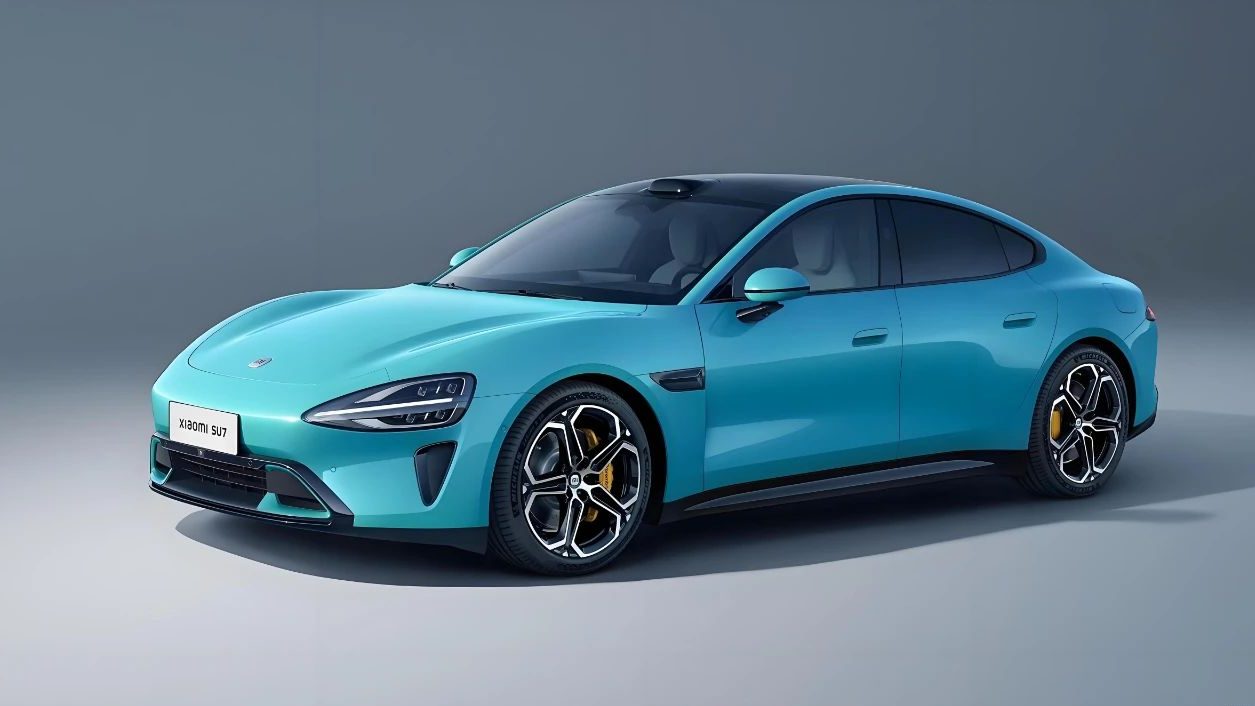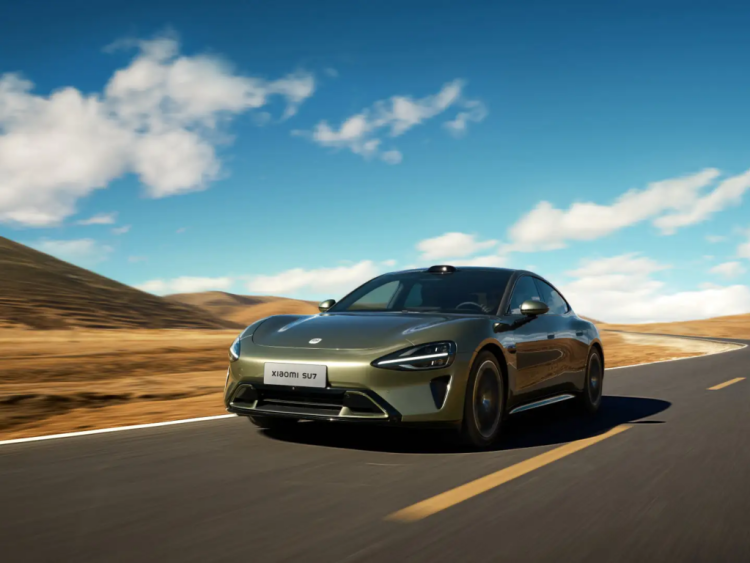Introduction
The transition to electric vehicles (EVs) is not just a technological shift but also a product of policy decisions aimed at combating climate change, reducing air pollution, and securing a sustainable future. As the automotive industry faces increasingly stringent environmental regulations, manufacturers are under growing pressure to innovate faster and more efficiently, aligning their product offerings with evolving government policies. These environmental policies, ranging from emissions standards to subsidies for clean technologies, are not merely regulatory tools—they are shaping the pace and nature of innovation within the electric vehicle sector.
This article delves into how future environmental policies will influence the innovation trajectory of electric vehicle manufacturers, examining both the challenges and opportunities for companies striving to stay ahead of regulatory requirements while pushing the boundaries of what electric mobility can achieve.
1. The Influence of Environmental Regulations on EV Innovation
1.1 Tighter Emissions Standards and Accelerated EV Adoption
Governments worldwide are tightening emission standards to combat the effects of climate change, with many aiming for net-zero emissions by mid-century. These regulations are driving automakers to rethink their approach to vehicle production, with a focus on zero-emissions technologies like electric vehicles.
- Emission Limits and the Internal Combustion Engine (ICE) Phase-out: Many regions, such as the European Union and California, are implementing rigorous emission standards that significantly limit the carbon footprint of vehicles. For example, the EU’s Euro 7 emission standard will impose stricter limits on the tailpipe emissions of internal combustion engine (ICE) vehicles. This is pushing automakers to either develop electric alternatives or face high penalties for non-compliance.
- Government Commitments to Zero-Emission Vehicles: The United Kingdom, France, and other nations have set deadlines for banning the sale of new gasoline and diesel vehicles. These deadlines force manufacturers to invest heavily in electric technologies, with innovation becoming critical to meet the growing demand for clean, energy-efficient vehicles.
This regulatory pressure creates a clear business case for automakers to shift their focus to electric vehicles (EVs) and innovate rapidly to meet increasingly stringent emission-free standards. The competition to develop the most advanced and efficient EV technology will intensify, particularly in battery performance, charging speeds, and sustainability in production.
1.2 Regulations for Battery Production and Recycling
As the primary component of electric vehicles, batteries are both the most crucial and the most resource-intensive part of EVs. Policymakers are introducing regulations to address the environmental impact of battery production and recycling.
- Battery Recycling Regulations: In the European Union, the Battery Directive mandates that automakers take responsibility for the recycling and reuse of electric vehicle batteries. By 2024, all EV batteries sold in the EU must be recyclable to a minimum percentage. These regulations encourage EV manufacturers to innovate in battery technologies that are easier to recycle, reducing the environmental impact of battery disposal.
- Sustainable Sourcing of Raw Materials: The mining of raw materials like lithium, cobalt, and nickel for battery production has raised environmental concerns. Governments are likely to implement policies that require sustainable sourcing practices. Automakers will have to innovate in sourcing materials more responsibly or develop alternative technologies like solid-state batteries that do not rely on such materials.
These regulatory developments push automakers to innovate not only in battery technology but also in production techniques that prioritize sustainability and reduce the carbon footprint throughout the lifecycle of the vehicle.
2. The Role of Financial Incentives in Fostering Innovation
2.1 Subsidies and Tax Credits for EV Manufacturers
In many countries, financial incentives and subsidies play a crucial role in fostering innovation within the electric vehicle industry. These incentives reduce the cost of production and make EVs more attractive to consumers, while also encouraging automakers to accelerate their investment in clean technology.
- Government Subsidies for EV Production: Programs such as the U.S. Federal EV Tax Credit or China’s subsidies for new energy vehicles (NEVs) help offset the higher costs of producing electric vehicles. For automakers, this financial support enables them to allocate more resources to research and development (R&D), accelerating technological advancements in battery performance, charging infrastructure, and vehicle efficiency.
- Tax Breaks for Investment in Green Technologies: Many countries offer tax breaks for manufacturers who invest in green technologies, including EV production and battery manufacturing. This encourages automakers to not only meet the market demand for EVs but also to lead innovation in clean energy production and low-carbon manufacturing processes.
These financial incentives provide the necessary funds for R&D, enabling manufacturers to take more risks and make long-term investments in developing innovative technologies, such as autonomous electric vehicles, wireless charging, and advanced energy storage systems.
2.2 Public-Private Partnerships for Infrastructure Development
Governments are also partnering with automakers to build the charging infrastructure necessary to support the widespread adoption of electric vehicles. The development of an extensive and reliable charging network is crucial to solving one of the most significant barriers to EV adoption—range anxiety.
- Collaborative Charging Initiatives: Initiatives like the EU’s Connecting Europe Facility and U.S. EV Charging Infrastructure Deployment are driving the expansion of EV charging stations across regions. These collaborations also open the door for automakers to work with government agencies and private firms in the development of integrated EV ecosystems, including fast-charging networks and smart grid technology.
Such partnerships not only support innovation in infrastructure but also create new opportunities for automakers to develop software solutions, charging apps, and vehicle-to-grid (V2G) technologies that enable EVs to interact with the electricity grid, offering demand response capabilities and energy storage solutions.

3. Environmental Policies and Technological Innovation Beyond the Vehicle
3.1 Eco-Friendly Manufacturing Practices
As environmental policies continue to evolve, automakers are being forced to rethink their entire manufacturing process. Policies such as carbon taxes, carbon trading systems, and green procurement laws are prompting manufacturers to innovate in areas such as factory emissions, supply chain sustainability, and circular economy practices.
- Green Manufacturing Initiatives: Governments are introducing stricter environmental regulations in areas such as energy consumption, water use, and waste management. Manufacturers are investing in energy-efficient production lines, sustainable materials for vehicle parts, and even closed-loop systems where parts are reused and recycled within the production process.
- Localizing Production: Many governments are incentivizing manufacturers to build local production facilities to reduce carbon footprints associated with long supply chains. This will spur innovation in manufacturing processes to ensure greater efficiency and sustainability in localized production.
These policies encourage automakers to innovate not only in vehicle design but also in how they make those vehicles. Sustainability in production could soon become as important a factor as performance or cost in vehicle manufacturing.
3.2 Sustainable Urban Mobility Policies
Governments are also focusing on policies designed to support sustainable urban mobility. These policies encourage manufacturers to innovate beyond the car itself, fostering new concepts like mobility-as-a-service (MaaS) and shared electric vehicles.
- Urban Mobility and EV Integration: Cities like London, Paris, and Los Angeles are introducing low-emission zones, congestion charges, and EV-only lanes to encourage the use of electric vehicles in urban areas. These policies are creating a market for shared EVs, electric bikes, and electric public transport.
- Autonomous Electric Vehicles: The push for more efficient urban mobility is also driving innovation in autonomous electric vehicles. Governments are playing a significant role by regulating autonomous driving technologies, and automakers are investing in AI-powered systems for self-driving EVs. Innovations in autonomous electric vehicles could reduce traffic congestion, enhance safety, and lower overall emissions in crowded cities.
4. The Long-term Future: A Green Innovation Ecosystem
As we look to the future, the role of environmental policies will continue to be a key driver in shaping the electric vehicle market. The next decade is likely to see an acceleration in the pace of innovation in response to:
- Stricter emissions targets and carbon neutrality goals set by governments.
- Government-backed subsidies and incentives that enable automakers to take risks in developing cutting-edge technologies.
- New infrastructure policies aimed at facilitating widespread EV adoption.
- Sustainability-focused manufacturing practices that minimize the carbon footprint of the entire vehicle lifecycle.
This will likely create a circular economy for EVs, where the entire ecosystem—from vehicle production to disposal—aligns with environmental goals. As a result, manufacturers will not only need to develop better electric vehicles but also contribute to an interconnected, green mobility ecosystem that includes smart grids, renewable energy, and shared mobility solutions.
Conclusion
In conclusion, environmental policies are set to have a profound impact on the future of the electric vehicle market. As governments continue to push for cleaner air, reduced carbon emissions, and sustainable practices, automakers will be forced to innovate in every facet of their operations, from vehicle design to production processes to charging infrastructure. The future of electric vehicles will be shaped by a combination of regulations, financial incentives, and global market demands that encourage manufacturers to innovate faster and more sustainably.
For manufacturers, the next phase of innovation will not be merely about creating more efficient cars but about creating a holistic, sustainable mobility ecosystem that can thrive within an increasingly eco-conscious world. The future of electric vehicles is bright, and policy-driven innovation will undoubtedly continue to propel the industry forward.











































